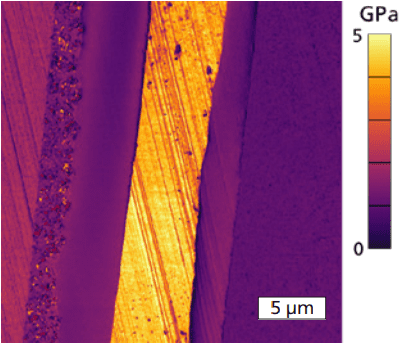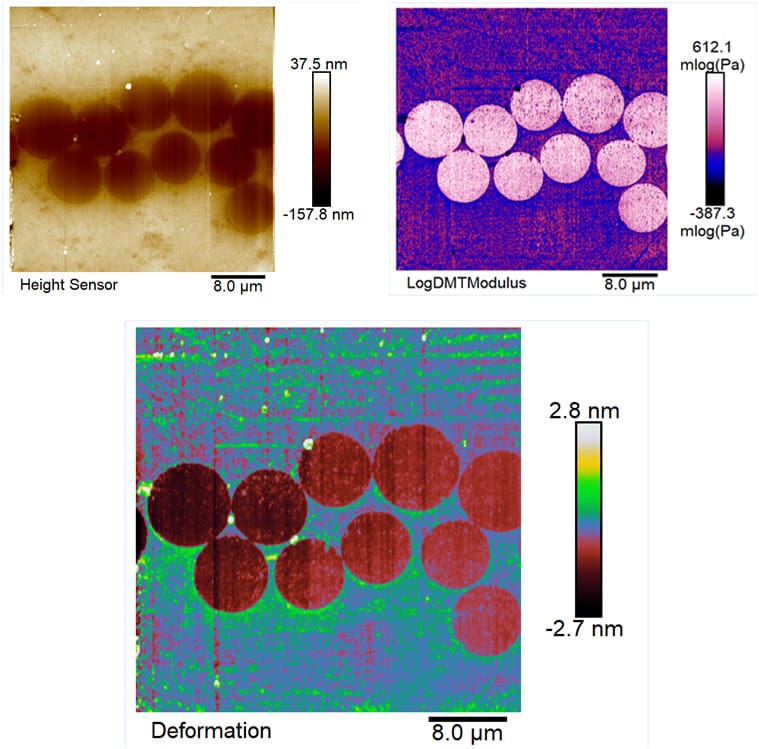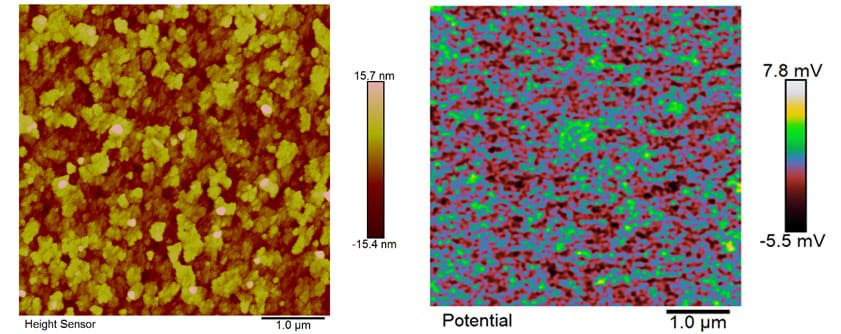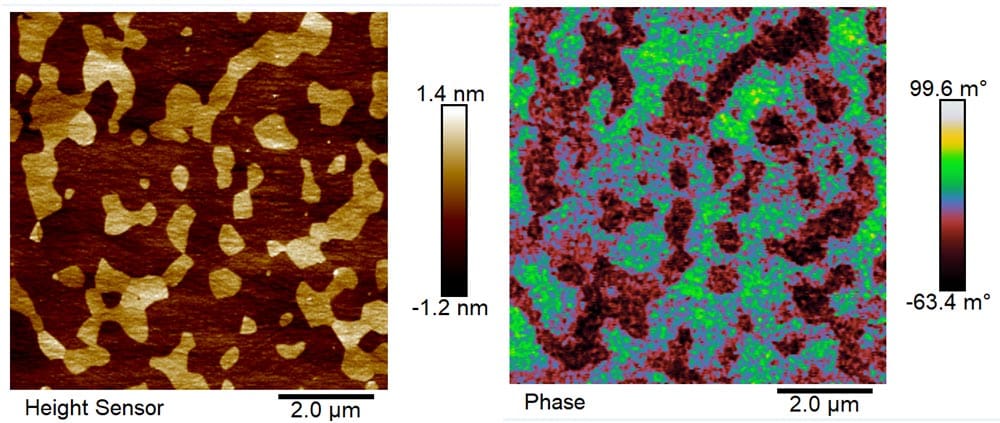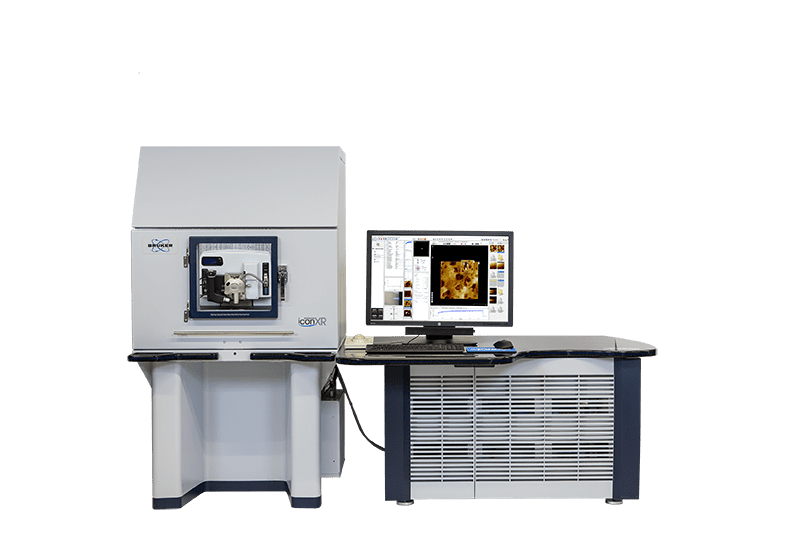Atomic Force Microscopy (AFM)
Atomic Force Microscopy (AFM) measures surface topography of materials with sub-nm vertical resolution. The technique delivers fast data, with simple scans requiring only a few minutes to complete.
Strengths
- Best height resolution among surface topography techniques
- High lateral resolution with specialized cantilever tips
- Rapid measurement: possible to capture images within 10 min
- Alternative force probes (including: electric, magnetic, piezoelectric, etc) accommodate advanced analytical modes
Limitations
- Limited field of view. Maximum scan size is 100 µm x 100 µm
- Roughness must be less than 10 microns
- Size, shape, and cleanliness of the tip may obscure the results
